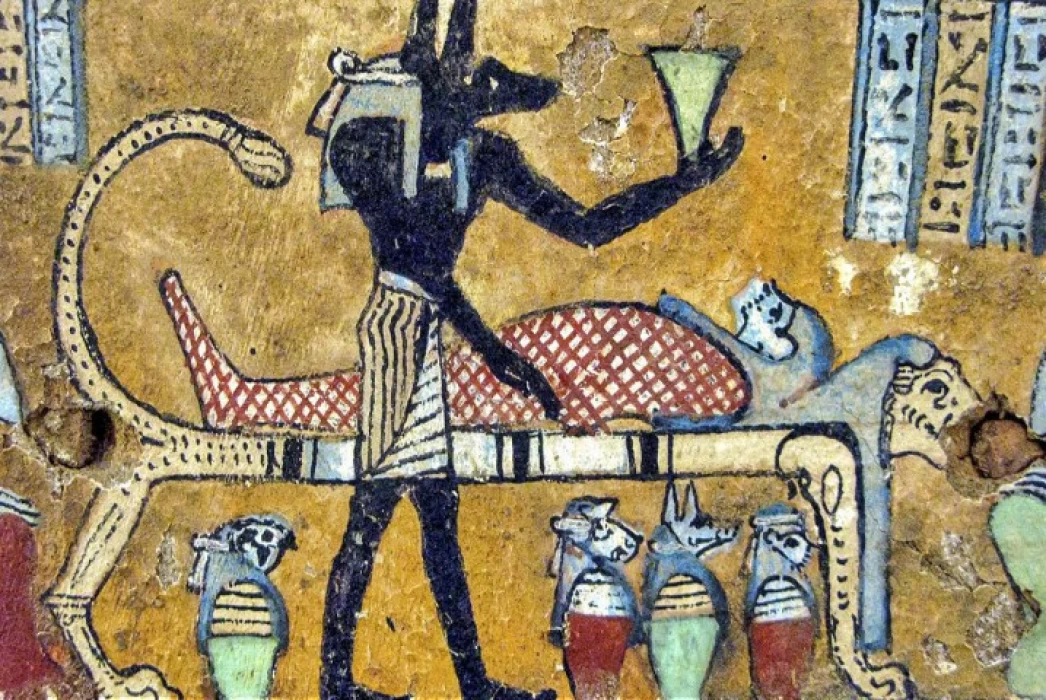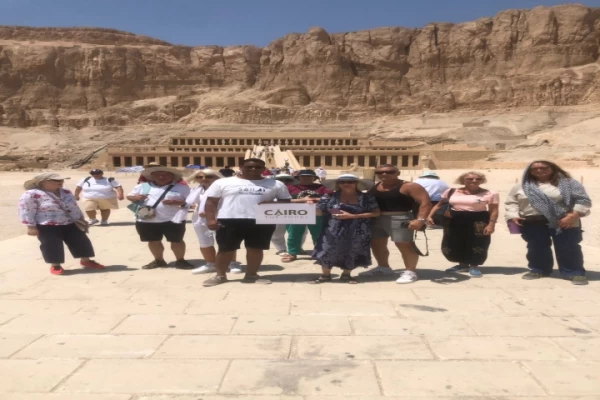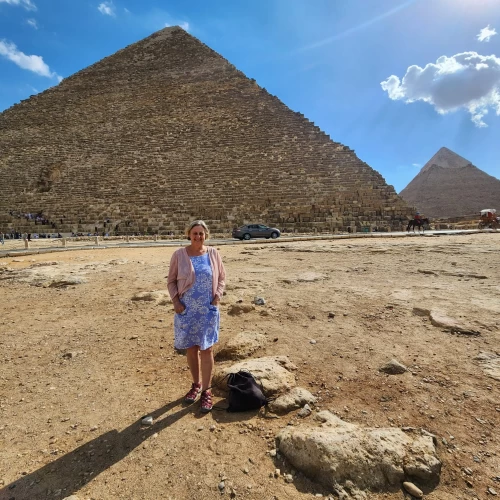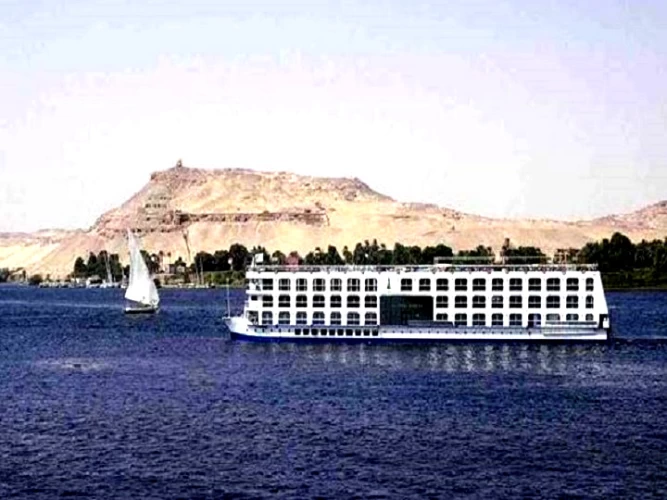
Science in Ancient Egypt
Science in Ancient Egypt
The need to deal with the periodic flooding of the river pushes the ancient Egyptians to study geometry, engineering, architecture, and hydraulics, in order to carry out major irrigation and river waterworks.
Another branch of knowledge particularly cared for by the ancient Egyptians is mathematics and writing to manage agricultural stocks in state warehouses and administer the payment of taxes. Egyptian writing is composed of hieroglyphs formed by ideograms and is probably one of the first forms of writing in human history.
Astronomical studies are also of particular importance. Egyptian astronomy allows you to define the first agricultural calendars and sundials to measure time, the passing of seasons. The study of the stars also performs an important cultural function since it is linked to the Egyptian religion and the cult of the dead.
From a scientific point of view, the Egyptians also boast several advances in the field of study of medicine and surgery.
Sail the blue waters through the two green strips on either side of the golden desert when you book your Egyptian Nile cruise. And check out our seasonal offers to choose the most suitable guesthouse or vacation home for your Easter 2024 vacation. We'll save you the hassle and include some of the best hotels and boats in all the cities you'll visit through Egypt travel packages, but if you like to book your own hotel, we've professionally customized a wide variety of Egypt day trips for you, Start in the city that never sleeps and explore our Cairo day trips that cover all the archaeological sites and entertainment venues from the pyramids of Giza and the famous Sphinx to the Egyptian Museum in El Tahrir Square and the National Museum of Egyptian Civilization to see the golden mask of King Tutankhamun. And if you fancy camping in one of the world's most fascinating deserts, we've created the White Desert Tours. Travel safely with us to Upper Egypt and book our day trips to Luxor and travel further south to stunning Nubia and explore all the options our day trips to Aswan have to offer.

















